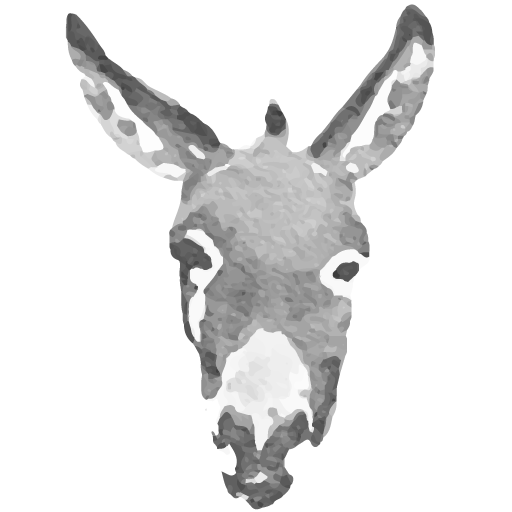Royal Jelly for the Queen In You
Savannah Bee Royal Jelly
Royal jelly. Sounds fancy doesn’t it? Sounds like something indulgent only those of certain importance would be allowed to enjoy. That’s somewhat true, in the context of honeybees. This special substance is called royal jelly because it is what causes a female bee larva to develop into a queen bee. It’s the stuff of fairy tales, which is why royal jelly is sometimes referred to as “the Cinderella substance.”
What is it?
Royal jelly is a thick, creamy, super-nutritious food manufactured by worker bees. It was identified in the 1770s and first chemically analyzed in 1853. Royal jelly contains 185 biologically active ingredients and consists of 67% water, 12.5% protein, 11% simple sugars, 9.5% fatty acids. It also contains trace minerals, vitamins B5 and B6, and trace amounts of vitamin C. As with honey and bee pollen, the composition of royal jelly varies depending on weather and geographic location. Seems like a simple enough mixture, but scientists still find it impossible to reproduce royal jelly in the laboratory, adding to its mystique.
What is its function in the hive?

Royal jelly is essential to the life of all honeybees and is deposited into every brood cell in the hive, acting as a booster shot of sorts for newly hatched eggs.
Although all bee larvae receive a small amount of royal jelly for the first few days, the queen is fed this substance exclusively and in large quantities in her larval stage and for the remainder of her adult life. The rest of the hive dines on honey, pollen, and bee bread (a mixture of pollen and nectar).
The queen’s nutrient-packed, exclusive diet is responsible for her special anatomy and behavior. Royal jelly:
- Speeds up development so the queen emerges fully formed in only 16 days compared to worker bees, which require 21 days.
- Allows the queen to develop the anatomy needed to reproduce — a very important responsibility left only to her.
- Allows the queen to grow much larger than drones and worker bees. Her longer abdomen is necessary to deposit a fertilized egg dead-center at the very bottom of a brood cell.
- Lengthens the queen’s lifespan considerably. A queen can live five to six years, whereas a non-royal bee may only live four to six weeks during peak activity (summer) or a few months during the hive’s inactive phase (winter).
Why do people use it?
Considered the most precious product of the beehive, royal jelly has been used in traditional medicine since ancient times, and many people today take it as a health supplement. The most studied active compound in royal jelly is royalisin, a fatty acid with potent antibacterial properties. Peptides called jelleines are another antibacterial component. These along with royal jelly’s antibiotic abilities are what makes it beneficial to wound healing and skin cleansing. It’s also known to assist in the clearing of acne.
One of the proteins in royal jelly – royalactin – is known as the “fountain of youth” protein so it’s no surprise you’ll find it in anti-wrinkle/anti-aging beauty products, such as our Night Time Rejuvenation Treatment and our Dry Facial Mask. Royal jelly serves as a natural reconstituent, regenerating skin cells damaged by disease or other factors and helping restore the skin’s youthful appearance.
Royal jelly’s arsenal of nutrients deeply moisturize and work to improve skin’s elasticity. This ultimately helps protect skin’s own natural moisture barrier from dehydration and inflammation. That’s why you’ll find it in our Royal Jelly Body Butters, Beeswax Hand Cream, and all of our Beeswax Lip Balms.
How is it harvested?
Royal jelly is harvested by encouraging worker bees to produce queen bees through the use of movable frame hives — the white wooden box-type hives beekeepers typically use. Queen cells are the only cells in which large amounts of royal jelly are present, thus making them the only practical source from which to harvest this substance. A well-managed hive during a season of 5 or 6 months can produce approximately 500 grams of royal jelly.
Want to give it a try?
Royal jelly may vary from whitish to a milky yellow and has a creamy texture and thick consistency. The taste is … unique. It’s described as bitter, sour, or acidic, so you might not like it straight up. But don’t let that stop you from trying it! Eat it with a spoonful of honey or mix it into a smoothie or fruity yogurt. Just don’t add it to hot foods or beverages because that may damage the nutritional benefits.
As a dietary supplement, take 1/4 teaspoon daily. Royal jelly is perishable, so we keep it in a freezer at our warehouse and ship it to you frozen in an insulated envelope. Please refrigerate it immediately upon receiving it and keep it refrigerated.
WARNING: Bee products may cause allergic reactions in some people. Check with your doctor before taking royal jelly for any health condition. Not recommended for individuals with asthma or children under 1 year of age.
